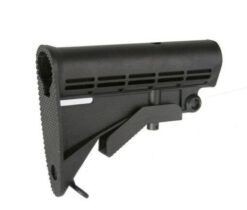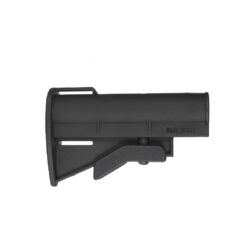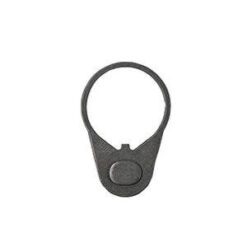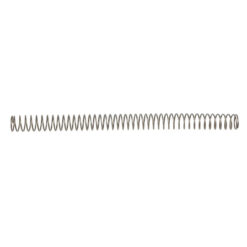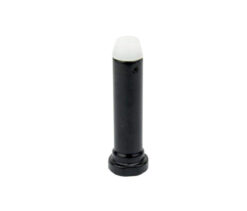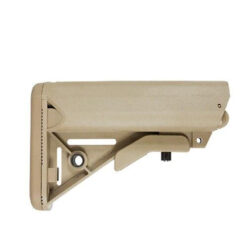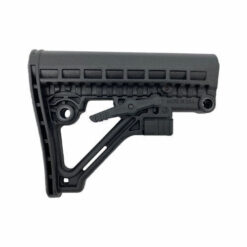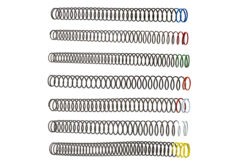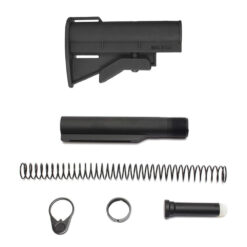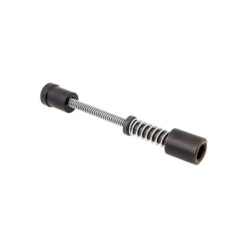On-Sale
Save 50%
MSRP: $39.95
Original price was: $24.95.$19.95Current price is: $19.95.
Save 12%
MSRP: $16.95
$14.95
Save 20%
MSRP: $79.99
$63.95
Save 28%
MSRP: $39.95
$28.95
Save 9%
MSRP: $54.95
$49.95
MSRP: $3.95
$3.95
Save 40%
MSRP: $29.95
$17.95
Save 1%
MSRP: $3.99
$3.95
Save 20 – 23%
MSRP: $124.99 – $129.95
$99.99
Save 30%
MSRP: $49.95
$34.95
Save 25%
MSRP: $3.95
$2.95
Save 25%
MSRP: $39.99
$29.95
Save 5%
MSRP: $44.95
$42.70
Save 17%
MSRP: $11.95
$9.95
Save 10%
MSRP: $69.95
$62.95
Save 8%
MSRP: $64.99
$59.99
Save 20%
MSRP: $124.99
$99.99
Save 8%
MSRP: $59.95
$54.95
Save 32%
MSRP: $43.99
$29.95
MSRP: $19.95
$19.95
Save 5%
MSRP: $44.95
$42.70
Save 11%
MSRP: $36.95
$32.95
Save 31%
MSRP: $57.95
$39.95
Save 9 – 10%
MSRP: $84.99
Price range: $76.50 through $76.95


